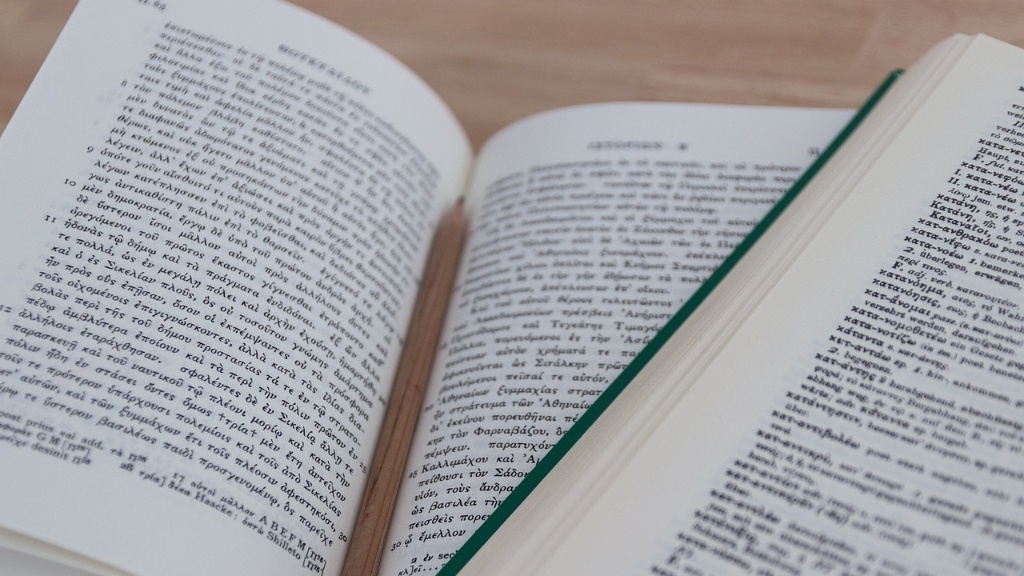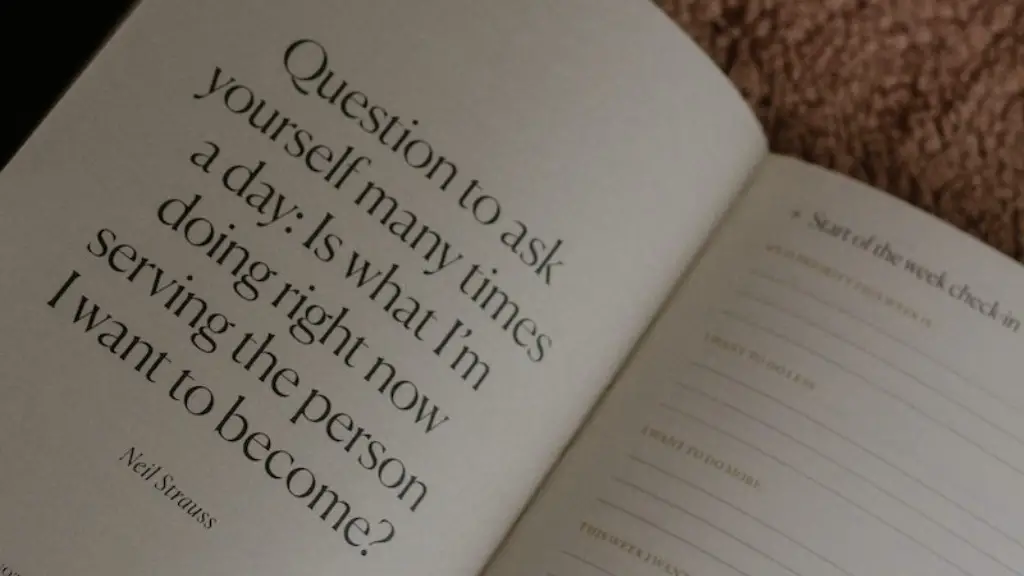Spoken poetry in Tagalog is a blend of spoken language and lyrical expression designed to awaken an audience’s emotions. It is a powerful way to tell stories, evoke feelings and convey messages about life, love, culture and society. The focus is on conveying emotion and connection through words rather than reciting memorized material or acting out a scene. It has slowly gained popularity as an art form by Filipino youths since the mid-2000s, due to its innovative, unstructured and personal approach.
Spoken poetry, or spoken word in Filipino, can be broadly divided into two categories. The first is poetry written specifically to be performed and recited, with some elements of acting involved, and the second is poetry crafted specifically to be read by the audience. Both types of spoken poetry typically use figurative language, often with a focus on alliteration, assonance and repetition. The poetic elements of spoken poetry in Tagalog vary depending on the poet, however most performances contain elements of storytelling, personal connection, reflection, rage and/or solidarity.
One of the first spoken word artists in the Philippines was Jim Paredes, a member of the influential ‘60s rock band APO Hiking Society. Paredes released his first spoken word album Buhay Nating Dalawa in 2004 and has since built a reputation as one of the premier spoken word artists in the country. Since then, a rising number of young artists have been drawn to the genre, making spoken word poetry a vibrant and growing part of the Filipino artistic community.
Unlike more traditional forms of poetry, there are no single set of rules that govern spoken poetry. Some poems have clear structure and meter, while others are composed of more free flowing, improvisational phrases. Most poems focus heavily on personal experiences, ranging from light-hearted musings on life to powerful reflections on deeper issues such as poverty, violence and social injustice.
Spoken poetry also appeals to many because of its accessibility. It does not require any special skills or training to begin writing, and is often regarded as a form of self-expression and empowerment. Filipino poets create their own unique styles and techniques, some of which are influenced by traditional Filipino culture while others are more abstract. As a result, the genre is constantly evolving and opening up to new forms of expression.
In recent years, spoken poetry has become an increasingly popular form of entertainment in the Philippines. It is regularly featured in concerts, festivals, radio shows and television programs across the country, and is gaining recognition in other Southeast Asian countries as well. It is an art form that is both accessible and relatable, and provides a powerful way for Filipinos to communicate their stories, passions and passions through words.
Influence
Spoken poetry has become increasingly influential in Filipino music and culture in recent years. Many Filipino hip hop artists and bands have incorporated spoken word into their songs. The group Filipinization’s album “Pilipinas” featured memorable spoken poetry about Filipino national identity, and has been credited with bringing the genre to a larger audience. Similarly, rapper Gloc-9’s single “Halalan” used spoken poetry to address the controversial 2016 Philippine presidential election.
Spoken poetry has also become a popular tool for exploring Filipino identity and understanding Filipino culture. Comedian and musician Aron Chon’s spoken word piece “Sa Wakas,” for instance, reflects on the different cultural influences that shape Filipino identity. While spoken poetry can be used to address serious social issues, it is also a way for Filipinos to express optimism and joy in the face of adversity.
Given the increasing popularity of spoken word, there are now a wide range of open mic events, slams and competitions that celebrate the art form. These events often provide an opportunity for poetic expression, fostering a sense of community and solidarity in its audience. Last year, the “Sulat Mula sa Sining” competition featured some of the best Filipino spoken poets, hosted by the National Commission for Culture and the Arts.
Impact
Since its inception, spoken poetry has been both an artistic form and a form of activism. It has been used to inspire, provoke and challenge its audience, with poets from different backgrounds and ages speaking out about issues such as politics, human rights and social injustice. By enabling a platform for self-expression, spoken poetry has the ability to positively affect the lives of those who hear it.
Spoken poetry can also be used to facilitate discourse and open dialogue on difficult issues, allowing individuals to voice their opinions and views without fear of being judged or censored. In recent years, it has become a powerful tool for creating awareness on issues such as education and equality, as well as giving voice to marginalized communities.
Spoken poetry has also emerged as a way to tackle mental health issues in the Filipino community. Many poets use their work to discuss depression, anxiety, trauma and other psychological issues often ignored in society. Speaking about mental health issues openly and honestly can prevent individuals from feeling isolated and help facilitate conversations about mental health in the Filipino community.
Celebration
As spoken poetry has grown in popularity, it has become more than just an art form. It is now a powerful platform for collaboration and understanding, and an important facet of Filipino life and culture. Platforms such as YouTube and Facebook have allowed spoken poetry to reach even larger audiences. As a result, it has become a visible and celebrated part of Filipino culture.
In addition to open mic events and competitions, many Filipino youth organizations and universities are now hosting their own spoken poetry clubs, giving students an opportunity to practice and hone their craft, network with fellow spoken word lovers, and celebrate an art form that is rooted in Filipino culture. These clubs also offer a safe, creative and expressive space for their members to explore and grow their talents.
The success of spoken poetry has now spread to international audiences, with Filipino poets competing in spoken poetry slams and competitions around the world. Filipino-American hip hop artist Ruby Ibarra, for example, has made waves in the United States and Europe with her powerful spoken word pieces addressing issues of cultural identity and socio-political injustice. She has since become one of the most prominent Filipino spoken word poets in the world.
Future
Spoken poetry has come a long way in a relatively short amount of time. Its rising popularity in the Philippines reflects the increasing demand for artistic platforms where personal expression and social identity can be explored and celebrated. As spoken word finds an ever broader audience, it is sure to remain an important part of Filipino culture and tradition for many years to come.
As the Filipino spoken poetry community continues to grow, it is likely to become more interconnected and diverse. There is already a strong movement among younger poets to bring attention to often overlooked and underrepresented minorities, inspiring poets from all over the world to tell their stories and share their voices. This kind of inclusiveness will continue to drive the evolution of the genre for years to come.
Given the strong power of spoken poetry to challenge, inspire and educate its audience, there is a great potential for the genre to be used as a means of social change. For Filipino spoken poets, this is an exciting time, as they are now granted a unique opportunity to bring their stories and ideas to a broader audience.




